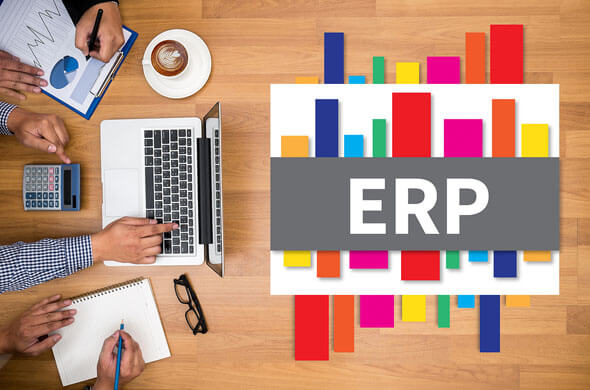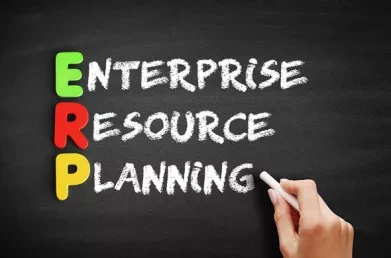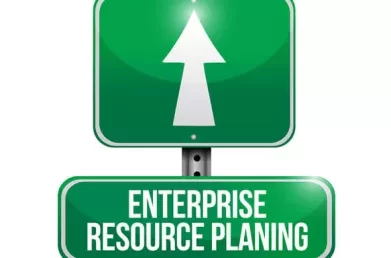Benefits Realisation Post ERP System Implementation
When you built the business case for your new ERP system, it included a list of expected benefits. Now that the system is live, have those benefits been realised and have you achieved the expected return on investment?
Many organisations fail to deliver the benefits which were envisaged in the original business case for their Enterprise Resource Planning (ERP) system investment. In a 2008 survey of 1,322 global organisations who had implemented ERP in the previous three years, only 21% of respondents said that they had realised 50% or more of the expected benefit. When this happens, a very expensive asset is being significantly under-utilised. Why is this and what can be done to drive ERP benefits realisation post implementation?
Why were the benefits not delivered?
Based on analysis of Lumenia ERP implementation projects over the last few years, the following common reasons emerged:
- Implementation project success was judged by on-time and within budget metrics only with little or no focus on benefits realisation during the implementation.
- Original benefits analysis was carried out for capital expenditure justification only without input or buy-in from the full management team.
- Inadequate account was taken of process and organisational change implications.
- Insufficient education and training of the users.
- Postponement of the implementation of some parts of the system due to implementation fatigue or budgetary constraints.
See also 5 Quantifiable Benefits of ERP
 What can be done to drive benefits realisation from an existing ERP system?
What can be done to drive benefits realisation from an existing ERP system?
Having a structured ERP assessment carried out by an independent and objective assessor can identify opportunities for improvement and drive further returns from the initial investment. The following guidelines are designed to help organisations identify opportunities for improvement, gain buy-in to implementing the initiatives and ensuring that the project(s) are effectively managed.
- Carry out a quick audit to assess the current operations and how the ERP system is being used to support and improve the business processes.
- Analyse the results and identify opportunities for improvement.
- Group the opportunities into common benefit areas or common root cause.
- Quantify the potential benefits, prioritise them and assign ownership.
- Develop a benefits case for implementing the improvements.
- Develop the benefits delivery measurement process and the measures.
- Create the governance structure and plan the project(s).
- Manage the projects effectively to ensure benefits delivery.
Benefits of an ERP assessment
- Most of the cost of the ERP system implementation has already been incurred – the ERP Assessment is about identifying how to drive further benefits from the initial investment.
- If the assessment and feedback processes are engaging and interactive, it helps to build ownership and commitment to the improvement initiatives.
- Many of the initiatives identified are likely to be low investment in relation to the return, and therefore will be self funding.
This blog was written by Ursula Browne, Principal Consultant. If you would like further information on Benefits Realisation or any other aspects of ERP please send an e-mail to Ursula Browne.


